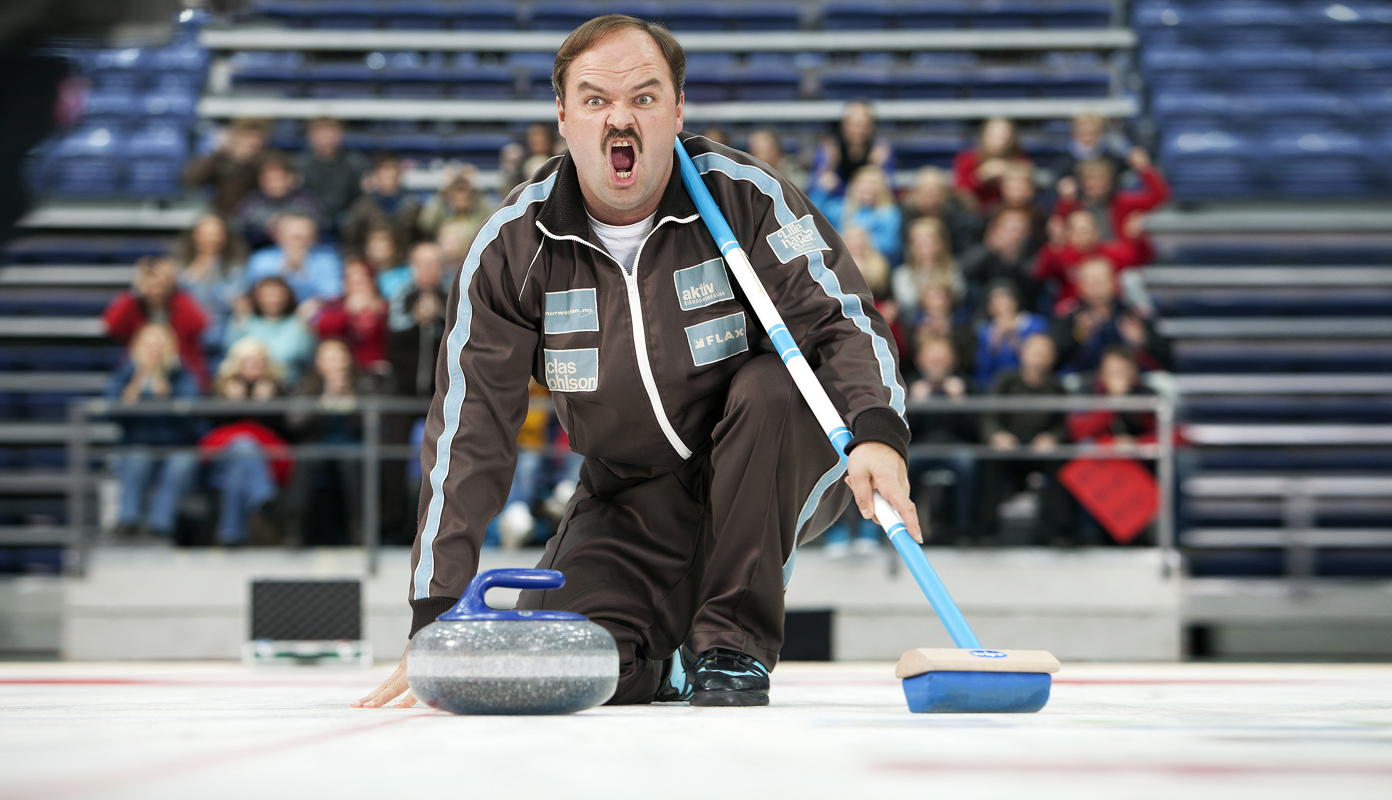
The Winter Olympics – the coldest olympiad on record – are hurtling towards their conclusion. And with this comes the end of our collective, once-every-four-years fascination with curling, the sport we all swear we could compete at if someone would just hold our beer for a moment.
Want to know who is a big fan of curling? None other than Mr. T. (yes, Mr. T), who has offered color commentary throughout the PyeongChang games on various matches as well as why he enjoys the sport.

According to a very handy guide from Quartz, curling’s origins date to 1540, when a monk and the lay governor of Scotland’s Paisley Abbey were likely “settling some argument or dispute” by hurling rocks across a frozen pond. Today, there are 20,384 members of the United States Curling Association. I’m not sure how one becomes a member of the USCA, but, presumably, you most know the difference between a bonspiel (a curling competition) and a hog line (where the stone must be released to be in play).
If you don’t know what those terms mean or are just unfamiliar with how curling works, here’s the gist: two teams of four players take turns sliding polished granite stones (“rocks”) toward a circular target marked on the ice (“the house”). Points are scored for the stones that end up closest to the center (“button”) of the house at the end of each set, called an “end,” once both teams have thrown all of their eight stones. An Olympic game consists of ten ends.
It sounds and looks simple. Except, of course, it’s not, or we’d all be wearing gold medals around our necks.
The key to winning at curling is how well you determine the stone’s path and by mastering the use of brooms to brush ice in front of the stone. This said, there appears to be some controversy about the very nature of how curling actually curls.
According to that primer from Quartz, “a curling stone will curve in the same direction that it spins. This is an oddity—if you spin a glass across a table, it curves in the opposite direction. … Over the years there have been competing theories to explain the phenomenon, pitting scientists from Sweden and Canada against one another.”
What would an Olympic sport be without some controversy (although it’s mildly amusing to imagine just how polite a debate between a bunch of Swedes and Canadians must be)?
Like Mr. T (and James Bond, who was spotted curling in “On Her Majesty’s Secret Service”), I’m fascinated by the sport of curling (wow, I never thought I’d write that sentence.) I see in all of that sliding and sweeping an apt metaphor for the sport that is political consulting.
Intros comparison, the polished granite stones (rocks) are the candidates, all of whom are headed toward a clear target.
The curler who releases the stone towards its target is synonomous with the consultants who handle one of the hardest parts of campaigning: the campaign launch. From there, the rock/candidate is on its way. Little can be done by the curler/consultant except to work at the edges — and that’s where the sweeping comes in.
Sweepers use those brooms to brush the ice in front of the stone and the degree to which they do will either speed up or slow down a rock. Likewise consultants will devote much of their energy on the smallest of acts in a bid to speed up or slow down their candidate. But the consultant, like the sweeper, knows that the candidate/rock is going to go where it wants to go, regardless of external influences.
Will the candidate win the election? Will the stone end up closest to the button? It’s difficult to say. They’re likely to smash into other candidates/other stones and be sidetracked from their goal. Other candidates/stones might collide with them and push them from their position.
Meanwhile, the curlers and sweepers and consultants are all on their knees barking at the stones/candidates as if willing them to the bullseye would make it so.
“It’s not just a rock,” says one character from “Men with Brooms,” a 2002 romantic comedy about the sport. “It’s 42 pounds of polished granite, with a beveled underbelly and a handle a human being can hold. Okay, so in and of itself it looks like it has no practical purpose, but it’s a repository of human possibility. And, if it’s handled just right, it will exact a kind of poetry.”
Just like politics.



